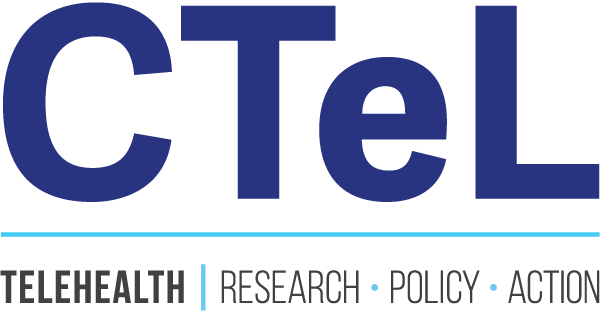Physician Exam Requirements
Telehealth allows physicians to treat patients from various locations and distances. With growing technologies and capabilities, physicians can perform physical exams from afar. However, there are certain requirements and policies each state requires for their physicians to follow, ensuring the continuation of high-quality healthcare across the board. In addition to state requirements, practitioners must be mindful of the federal requirements, specifically Medicaid and Medicare, for telehealth examinations.
Below is a listing of the various requirements for each component of physical exam requirements, check back frequently to make sure your organization is up to date on the latest legislative specifications.
-
Store-and-Forward is the electronic transmission of medical information to a practitioner or specialist, who uses the information to evaluate the patients case or deliver a service outside of a real-time interaction.
Unfortunately, store-and-forward is less commonly reimbursed by Medicare and Medicaid programs due to the stipuation that the delivery of services must occur in “real time,” automatically excluding store-and-forward as a part of telemedicine and/or telehealth altogether.
-
Remote patient monitoring (RPM) is the collection of a wide range of health data from the point of care, such as vital signs, weight, and blood pressure. The data is transmitted to health professionals in facilities such as monitoring centers in primary care settings, hospitals and intensive care units, and skilled nursing facilities.
-
The majority of states include telehealth specific informed consent requirement in their statute, administrative code and/or Medicaid policies. This requirement can sometimes apply to the Medicaid program, a specific specialty or all telehealth encounters that occur in the state, depending on how and where the policy is written. In Medicare this requirement is exclusive to communication technology-based service (CTBS) codes where the patient needs to be made aware of any cost sharing responsibility.
-
Telehealth by nature makes it possible for providers to deliver services across state lines if they are properly licensed in the state the patient is located in. Some Medicaid programs have placed restrictions on providers located out-of-state, requiring them to have some sort of an in-state presence, while other states have explicitly allowed out-of-state providers as long as they are licensed in the state and enroll with the Medicaid program. One way for providers to provide care to patients across many state lines is to join the Interstate Medical Licensure Compact.
-
There are a number of nuances and differences across the states related to the use of technology and prescribing. However, most states consider using only an internet/online questionnaire to establish a patient-provider relationship (needed to write a prescription in most states) as inadequate. States may also require that a physical exam be administered prior to a prescription being written, but not all states require an in-person examination, and some specifically allow the use of telehealth to conduct the exam.
In the Fall of 2023, the DEA held a listen and learn session to discuss the future of prescribing controlled substances via telehealth post-phe waivers.
-
When telehealth is used, it is considered to be rendered at the physical location of the patient, and therefore a provider typically needs to be licensed in the patient’s state. Because it can be burdensome on providers to get licensed in every state they wish to practice in via telehealth, many states have adopted interstate compacts which allow specific providers to practice in states they are not licensed in as long as they hold a license in good standing in their home state.
Below is a listing of the key Licensure Compacts:
The Interstate Medical Licensure Compact
Nurses Licensure Compact
Physical Therapy Compact
Psychology Interjurisdictional Compact
Audiology and Speech-Language Pathology Interstate Compact
Emergency Medical Services Personnel Licensure Interstate Compact
For more information on licensure compacts, visit the ISMLC website.
